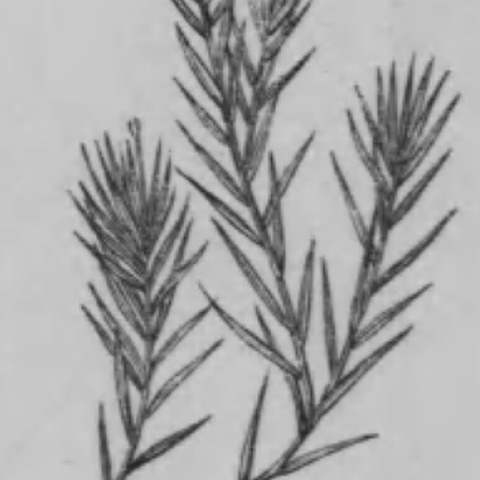Stems elongated, 10-20 cm tall, branched. Leaves cauline, lanceolate, 3-6 cm × 1-3 mm, veins 3, apex acuminate. Spathes sessile, green, 1-3 cm × 1-3 mm. Flowers bisexual. Sepals green with purple midvein, linear-lanceolate, 2-4 × 0.5-1 mm. Petals 6-10 × 0.5-1 mm. Stamens 3; filaments 1-3 mm, smooth; anthers 1.8-2.5 mm. Ovary conic; styles 3-4 mm. Fruit 1-2.5 cm. Seeds 30-60, narrowly elliptic, smooth. Fl. and fr. May-Oct. 2n = 72.
A plant which grows in water. It is 15-60 cm high. The leaves are flat and narrow. They are 1.5-7 cm long and 0.8-4 mm wide. The bract around the flower in like a long cylinder and 15-20 cm long. The is one flower 3-10 mm long and white. The fruit is long and narrow. It is 1.5-2 cm long and 2.5-4 mm wide. The seeds are green. They are like a spindle. About 10-40 seeds occur in each fruit. They are 1.5-2.5 mm long.


